The lingering impacts of the COVID-19 pandemic, rising interest rates at home, and conflicts abroad have defined the fourth quarter of 2022 for the VC industry. These factors have upended the assumptions on which the modern economy was built. Today’s businesses can no longer depend on brittle just-in-time supply chains, seemingly endless credit, or cheap energy controlled by governments that are not driven by broadly held notions of market efficiency and social welfare. To stay competitive, the United States’ public- and private-sector leaders need to make investments in advanced manufacturing, energy innovation, artificial intelligence, and workforce training to enable those industries and drive them into the future.
The ample credit and uncertainty that characterized the peak of the pandemic represented a brief but fruitful period for the VC industry. Deal counts and dollar amounts hit all-time highs, and there was a tremendous appetite for experimentation with a variety of business models in sectors ranging from finance to transportation to healthcare. While some of these investments were more successful than others, decision-makers in the public and private sectors spent 2022 allocating resources to meet the challenges of the postpandemic world. At face value, the short-term impact of this has been a reduction in market activity. However, the impacts of government actions to incentivize technology commercialization and workforce development have yet to fully materialize.
The inflation that drove the federal-funds rate to multidecade highs has also impacted the venture industry. For the past several years, VC has been an attractive asset class for major allocators. While the United States’ VC funds have returned impressive values to their LPs, one factor driving the growth of investment in alternative assets such as VC has been low interest rates, which made it difficult to generate returns in more traditional asset classes. As interest rates rise, allocators are diversifying, and this is likely to involve moving some assets away from VC. While 2022 marks an all-time high for VC fundraising and record amounts of dry powder, the rise of insider rounds and a plethora of established managers raising follow-on funds early in their current funds’ lifecycles suggest there is anxiety in the market, and current players are reinforcing their positions against the possibility of a tighter monetary environment.
The Russian invasion of Ukraine changed the economic imperatives of financial markets in a way that had not been seen for decades. For the past 40 years, globalization has resulted in widespread prosperity. This arrangement was so lucrative for all parties, and upending it seemed unthinkable. However, when faced with a new set of challenges, Western economies innovated. While this has led to some short-term challenges for the industry, the VC community will continue to be a crucial part of this process, leading the way in strengthening and diversifying the value and supply chains that the modern world depends upon.
In raw numbers, 2022 was a great year for the VC industry, with most indicators of market activity at or near record highs. When graded against any year other than the stratospheric 2021, industry activity was extremely strong. However, it is important to look at the quarterly trend, where activity dropped off steeply between the first and last quarters of 2022. The question is, was the decrease in activity during 2022 just the afterparty effect of 2021 wearing off? Or is the VC industry just taking a moment to regroup?
Every day, new applications are being developed that either process or generate more data than existed on Planet Earth 50 years ago, and the pace of development of those applications shows no sign of slowing down. There are many factors contributing to this trend, only some of which we will touch on here…
Any visit to TechCrunch, VentureBeat, or even the Wall Street Journal will leave the average reader with a sense that AI is taking over a different part of the economy every week. There are an almost endless number of funding press releases and pitch recaps that read “Company XYZ is using AI and machine learning to automate repetitive tasks in the [insert name] industry.”
Within the constant stream of stories on AI, though, one task or function seems to stand out as a particularly frequent target – customer service. A number of early stage companies have set out to eliminate or greatly reduce human involvement in the customer service process using text chat bots, email scripts, and, in more recent years, increasingly lifelike voice assistants.
We have recently launched the first data co-op for small to medium sized eCommerce customers (link here). The Springbot Exchange allows for lookalike audience matching, and using our Audience Expander feature, retailers send drip email campaigns to prospects to grow audience. What is so critical about this new innovation is that it brings a capability that has been available for enterprise businesses with significant technology and team resources to the SMB segment, and levels the eCommerce playing field.
Beyond our latest innovation, I am also excited about the growth and development of the Springbot team. With 100+ employees, we are fostering, investing and collaborating with the next generation of entrepreneurs who will continue to contribute to the Atlanta technology economy.
After an active 2017 for investment in US venture-backed companies, momentum in capital deployed con nued in the first quarter of 2018 while the pace of companies receiving capital continued to decelerate. A total of 1,683 venture-backed companies raised $28.2 billion in funding during 1Q 2018, marking the fourth consecutive quarter of more than $20 billion deployed to venture-backed companies and the highest amount of capital deployed in a single quarter since at least 2006.
Our Forté Ventures team believes in data-driven decisions. We look for every data point that we can find on new companies when having investment discussions, we constantly press our portfolio companies on financials and growth metrics in Board meetings, and we look for trends in macroeconomic and industry-level statistics to drive our investment hypotheses.
How do we make an autonomous vehicle see the road and plot the journey the way that we do? It’s a question that some of the best minds in the tech and automotive worlds have spent decades trying to solve – and one in which VCs have invested staggering amounts of capital. The answer remains incomplete, but most agree that the near-term solution will involve a number of inputs that all provide a piece of a vehicle’s larger navigational picture, just as human drivers use each of their senses in tandem to get from Point A to Point B today.












